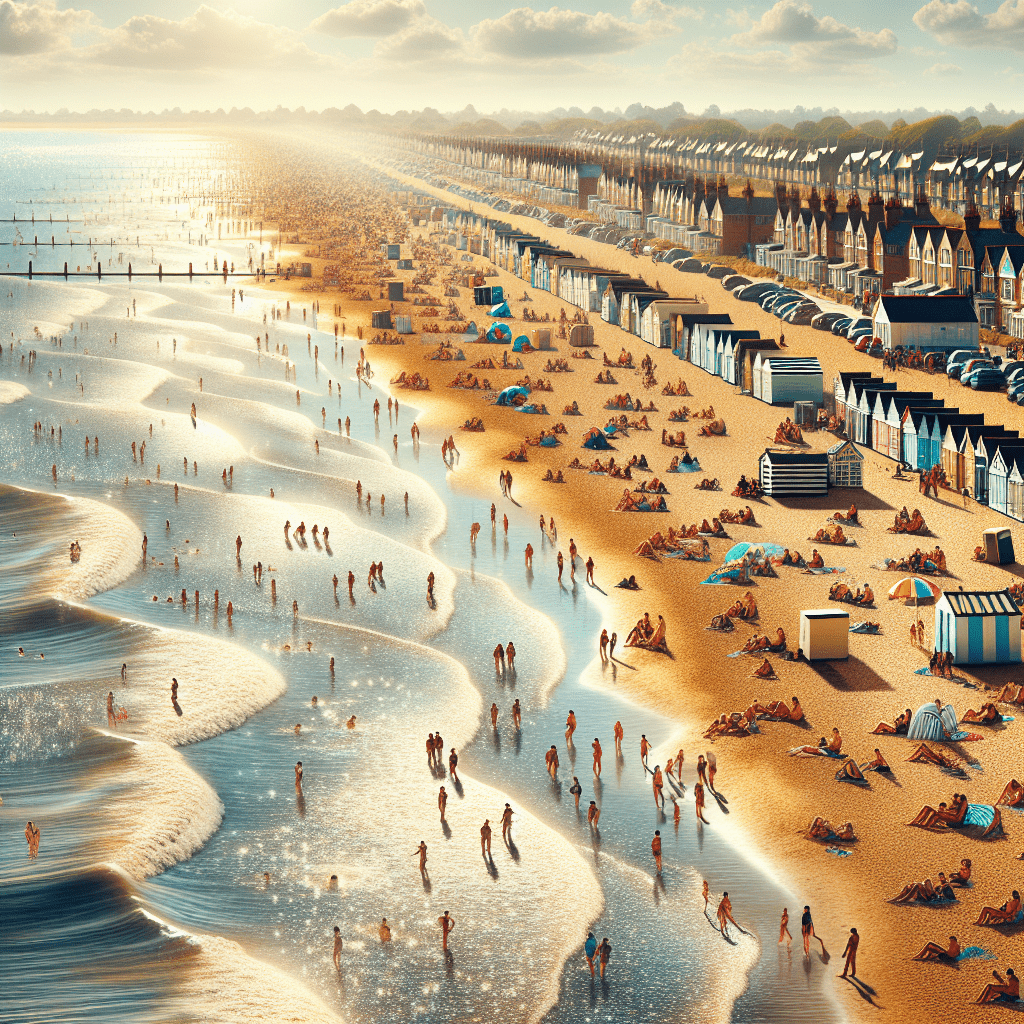Understanding Skegness: A Comprehensive Look at the Seaside Resort Town
Skegness, often celebrated for its coastal charm and traditional British seaside amusements, has etched itself into the heart of British holiday culture. Situated on the Lincolnshire coast of the North Sea, this vibrant town is a hub of tourism with a historic legacy that speaks volumes of England’s coastal appeal.
The History of Skegness
Skegness’s rich history can be traced back to the early medieval era when it was primarily a fishing village. The name ‘Skegness’ is believed to come from the Old Norse words ‘skeg’, meaning ‘beard’, and ‘nes’, meaning ‘headland’ or ‘promontory’. The town’s transformation from a modest village began in the late 19th century when the railway was introduced, making Skegness more accessible to visitors. This bolstered its growth as a popular holiday destination for working-class families from the Midlands and Northern England.
The establishment of Butlin’s holiday camp in 1936 further revolutionized Skegness; it became synonymous with affordable family holidays. Billy Butlin’s vision of providing entertainment and leisure to Britain’s working class flourished here. The town’s infrastructure expanded with new hotels, tourist attractions, and the famous promenade, defining the modern holiday experience.
Tourism and Attractions in Skegness
Tourism is the lifeblood of Skegness. The town thrives on the influx of visitors every year who come to enjoy its many attractions. The central beach, with its stretching sandy shores, is Blue Flag accredited, assuring clean waters and well-maintained facilities.
Nature reserves and Animal Attractions:
Near Skegness lies several nature reserves that are treasures for wildlife enthusiasts, including the Gibraltar Point National Nature Reserve which offers stunning scenery and fresh sea air. There are various animal attractions too where families can interact with farm and exotic animals.
Amusement parks and Family Activities:
Family fun is never far away with Fantasy Island theme park and several indoor play centres. The Pleasure Beach and the Fairy Dell paddling pool have provided traditional amusement options for decades.
Festivals and Events:
Annual festivities range from the Skegness Carnival to music festivals and arts showcases. Amid this socio-cultural vibrancy, it also promotes a sense of local community spirit and seasonal economic boost.
The Aesthetics: Often symbolised by the ‘Jolly Fisherman’, an iconic British railway poster character created by John Hassall in 1908 which depicts a joyous fisherman skipping along the beach, these classic images continue to captivate tourists’ imaginations. Challenges and Sustainability
Challenges and Sustainability
However, like many seaside towns, Skegness faces challenges. Seasonal tourist patterns can lead to issues with sustainability—balancing economic dependence on tourism with maintaining its charm outside peak seasons. Moreover, there are efforts to modernize its appeal while preserving traditional values.
Climate Change Impact:
Additionally, being a coastal town, Skegness deals with potential threats from climate change such as coastal erosion and flooding. Authorities are looking into measures to protect its precious coastline while ensuring it remains a hotspot for holidaymakers.
Notes
Image Description: A panoramic view of Skegness beach on a sunny day; soft golden sand meets the shallow waters of the North Sea, while a crowd of beachgoers enjoy the sunshine. In the background, traditional English beach huts add splashes of colour to this classic seaside scene.
